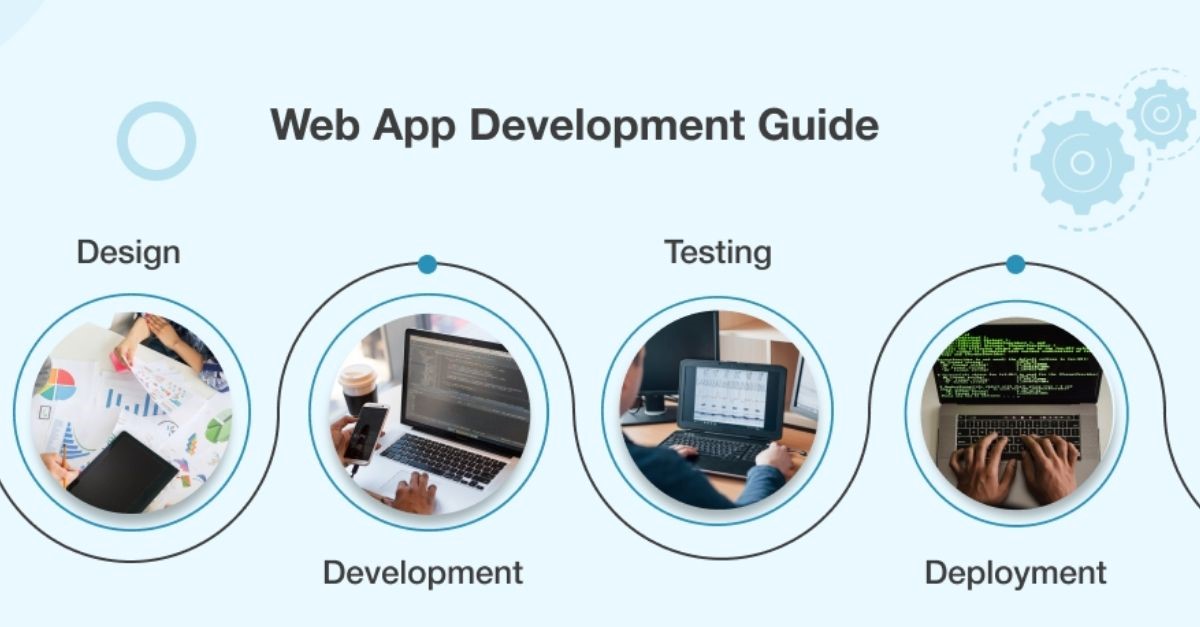Currency exchange is essential to international trade, finance, and travel in the modern, globalized world. For investors, organizations, and individuals alike, having access to correct exchange rate data is essential. Technology improvements have made Currency Exchange APIs (Application Programming Interfaces) a common and effective approach to programmatically get the most recent exchange rates. The fundamentals of using Currency Exchange APIs, their advantages, and how to incorporate them into your applications are covered in this beginner’s guide.
A currency exchange API: what is it?
A set of guidelines and procedures known as an API enables interaction between various software programs. Developers can get current exchange rates for currencies from a dependable data source using a Currency Exchange API, in particular. Usually, financial institutions, companies that offer currency exchange services or suppliers of financial data offer these APIs.
Recognizing API Requests and Endpoints
APIs operate using particular requests and endpoints. A specific URL offered by the API provider to access their data is known as an endpoint. The base currency and the target currency for which you wish to retrieve the conversion rate are commonly included in the endpoints for currency exchange APIs.
A Reliable Currency Exchange API Provider to Choose
To get accurate and current exchange rate data, it’s crucial to pick the correct API provider. Find respectable service suppliers who deliver dependable products, have clear documentation, and offer sufficient customer support. Open Exchange Rates, XE, and Fixer are some well-known Currency Exchange API providers.
How to get an API Key
You need to create an account with the majority of Currency Exchange API providers to get an API key. Your API calls must be authenticated using this key, which serves as a unique identity. Keep in mind that your API key gives access to your account and use restrictions, so keep it safe.
Requesting APIs
You can launch API calls using your preferred programming language once you have your API key and a solid understanding of the endpoints. APIs often provide GET, POST, and PUT request methods.
Responding to API Requests
The exchange rate information you requested is often included in API answers that are in JSON or XML formats. To retrieve the pertinent data for use in your application, you must parse the answer.
Rate Caps and Caching
Consider including caching features in your application to prevent irrational API calls and speed up response times. By doing this, you can locally store the exchange rate information and only perform fresh API requests when necessary or regularly.
To stop the misuse of their services, several API providers also impose rate limits. Be aware of these restrictions and make sure your application adheres to them to prevent delays in data retrieval.
Mistake Handling
API calls may occasionally fail for several reasons, including server problems or incorrect requests. Implement appropriate error handling in your code to handle such situations with grace and give users insightful feedback.
Applications for Conversion of Currencies
You can integrate currency conversion features in your applications once you have access to real-time exchange rates via the API. When consumers frequently need to convert currency values, such as on e-commerce platforms, banking apps, or travel-related websites, this is especially helpful.
Benefits of using currency exchange API:
Access Real-Time Exchange Rates:
By using a currency exchange API, you may get the most recent exchange rates, ensuring that your financial apps are accurate and dependable.
Seamless Integration:
Integration is seamless thanks to the beginner’s guide’s step-by-step instructions, which make integrating the API into your applications simple and painless.
Time and effort savings:
By using the API, you may automate the retrieval of exchange rate data, saving you time and energy from having to manually enter the information.
Accurate Currency Conversion:
By integrating the API into your applications, you can perform accurate currency conversions that improve the user experience for transactions that take place across borders.
Conclusion
An easy and effective approach to programmatically obtain real-time exchange rate data is using currency exchange APIs. Developers can easily incorporate currency conversion functionality into their apps by understanding API endpoints, executing requests, and processing answers. To guarantee efficient data retrieval, it is crucial to choose a trustworthy API provider, get an API key, and implement appropriate error handling.
Currency exchange APIs give companies, investors, and people the knowledge they need to make wise decisions in the dynamic world of finance. As you start using Currency Exchange APIs, keep in mind to respect use restrictions, safeguard your API key, and keep up with the most recent exchange rate information. Coding is fun!




